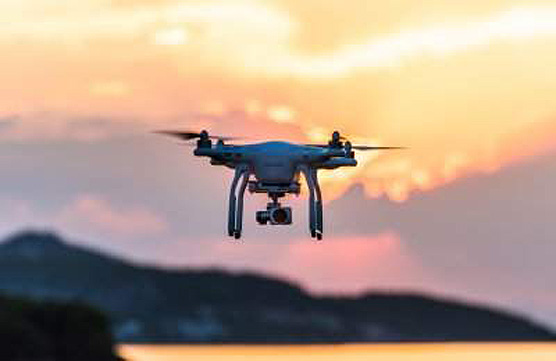Teoco helps Telstra prepare for Uber flying taxis
- March 1, 2020
- imc

Virginia-based telecoms software provider Teoco is helping Australian telco Telstra develop an unmanned aerial vehicle (UAV) strategy ahead of Uber’s plan to use Melbourne as one of three pilot cities to test out its flying taxis.
The operator will use Teoco’s AirborneRF to assess the readiness of its radio access network for future UAV applications, including communications, navigation, surveillance, safety and identity. AirborneRF is a connectivity data platform for beyond visual line-of-sight drone operations in cellular networks, providing information about where drones can fly without losing wireless connectivity.
Uber announced its plans last year with the pilot expected to begin this year and commercial operations in 2023.
Teoco provides analytics, assurance and optimisation to more than 300 communication service providers and OEMs worldwide. Telstra will use AirborneRF to assess the readiness of its radio access network for future UAV applications, including communications, navigation, surveillance, safety and identity.
Already deployed by several tier-one operators globally, AirborneRF ensures mission-critical connectivity to enable traffic management and control for UAVs in the lower airspace. Telstra will use the technology to develop a platform for enabling a multitude of mission-critical services, vital in supporting successful UAV operations. The platform provides a link between cellular networks and aviation systems, such as air traffic management, unmanned traffic management and flight information management systems.
AirborneRF should help Telstra enable a safe, equitable, secure and reliable urban air space platform. This has become all the more important to Telstra following Uber’s decision in 2019 to use Melbourne as one of three pilot cities to test out its flying taxis.
“Commercial UAVs present a huge opportunity for telco operators, but only if supporting mobile networks deliver the required connectivity to keep them airborne,” said Thomas Neubauer, vice president of business development at Teoco. “Mobile networks were not designed to meet the needs of the aviation industry, so tight focus is needed to guarantee the quality of service needed to safeguard the additional revenue that connected skies promise. Our Airborne RF offers this guarantee to a growing number of major operators around the world.”
The aim is to provide suggestive models to airspace regulators and operators, such as Civil Aviation Safety Authority and Air Services Australia, that a mobile carrier such as Telstra has a critical role in managing UAVs, keeping the airspace safe between UAVs and other general aviation. This will unlock greater uptake of beyond-visual-line-of-sight flying, which will trigger additional commercial opportunities for UAVs across several industries. Its key requirements will be underpinned and accelerated using 4G and 5G mobile networks wide coverage, rather than short-range wireless.
“Telstra Labs recognises the role that telcos can serve via their mobile network, ranging from IoT – drone registration, activation and identification – through to 5G with super low latency remote command and control and hi-res video carriage,” said Håkan Eriksson, chief technology officer at Telstra. “We have been running a number of drone-related technology assessments with various industry customers, within law enforcement, humanitarian aid, post disaster, first responders and city councils, over the past 12 months.
Through analytics and automation, Teoco provides actionable and measurable insights into network and user behaviour. This includes the optimisation, effective monetisation and delivery of new and existing services, such as VoLTE and video.





